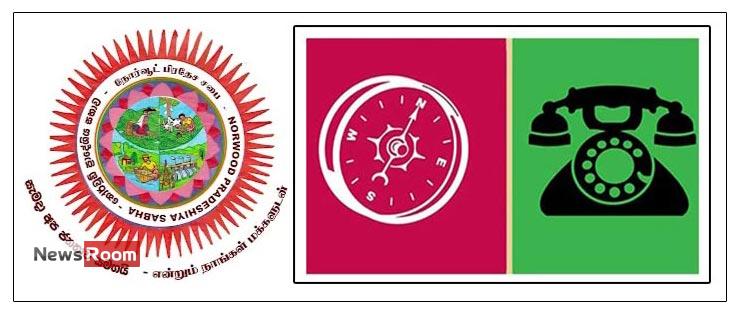About 90 percent of land, held by the armed forces during the war in the Northern and Eastern provinces, had been released, in stages, since 2010, A group of military officers told The Island on condition of anonymity.
They were responding to United Nations High Commissioner for Human Rights Volker Türk’s call for releasing what he called military-occupied land. At the conclusion of his three-day visit last week, the Austrian lawyer reiterated his call for an internationally backed accountability mechanism, the repeal of the Prevention of Terrorism Act (PTA), an end to surveillance of human rights defenders, and the release of military-occupied land.
The war concluded in May 2009. Since then the strength of the armed forces, deployment in the Northern and Eastern theatres, had been significantly reduced, sources said, claiming that though the relevant UN agencies had been informed of the vacation of both public and private property, following the defeat of the LTTE, the UN Rights Chief had called for releasing land.
Responding to The Island queries, sources said that phased withdrawal of forces, from occupied land, commenced in 2010 during Mahinda Rajapaksa’s tenure as the President, and successive Presidents, namely Maithripala Sirisena, Gotabaya Rajapaksa, Ranil Wickremesinghe and Anura Kumara Dissanayake, had released land, including sections in former high security zones, sources said, adding that UN Colombo could undertake a fact-finding mission in the Northern and Eastern Provinces to ascertain the situation.
As the UN had access to war zones throughout the conflict, it could easily verify the amount of land handed back to civilians and government institutions, sources said.
By Shamindra Ferdinando ✍️
